Samsung Galaxy S21 Ultra vs Galaxy S21 Plus
We may earn a commission if you make a purchase from the links on this page.
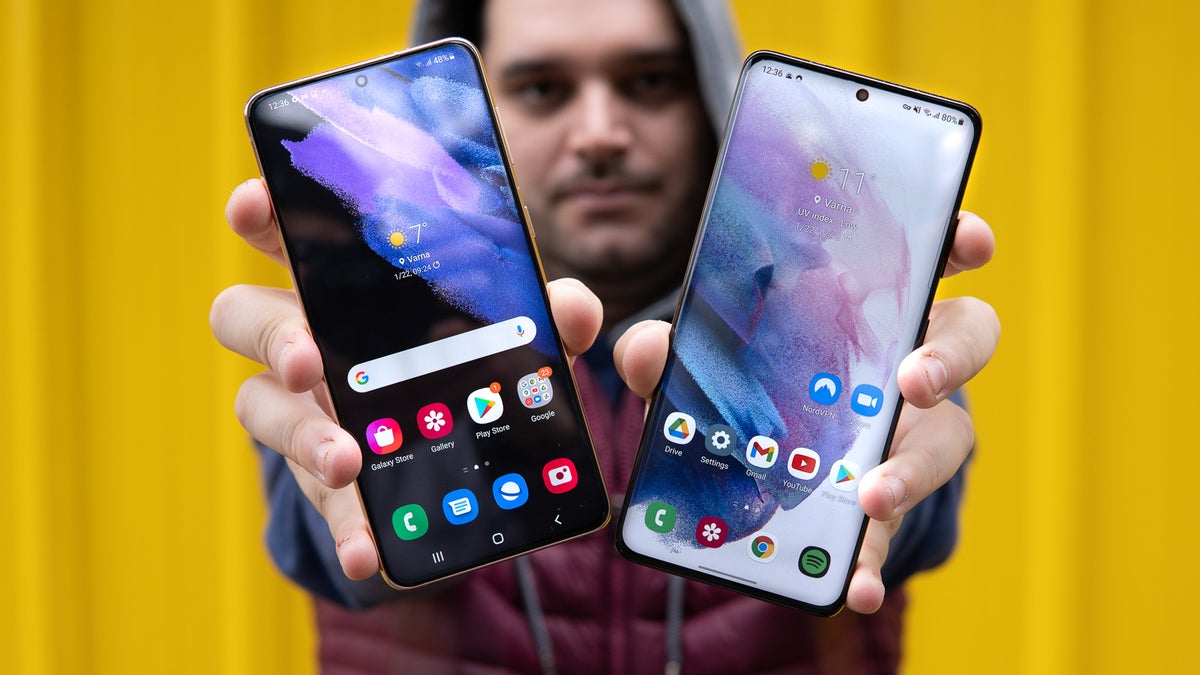
The siblings rivalry is in full swing over at Samsung, as the middle child Galaxy S20+ last year proved surprisingly popular after the series' launch, when all eyes were on the Ultra and base models.
With the Galaxy S21+ and S21 Ultra, however, Samsung has done one better, as it made the phones more distinct when it comes to looks and specs, somewhat relieving us from the tough choices we had to make based on price. Here are the main Galaxy S21 Ultra vs Galaxy S21+ differences:
- 6.8" LTPO curved with S Pen support vs 6.7" flat display
- Dynamic 120Hz@1440p vs 120Hz@1080p refresh rates
- 5000mAh vs 4800mAh battery
- 16GB/12GB vs 8GB RAM
- 512GB vs 256GB maximum storage
- 108MP vs 12MP main, 10MP periscope vs 64MP crop zoom, 12MP utrawide cameras
- 6.50 x 2.98 x 0.35 vs 6.37 x 2.90 x 0.31 inches
Samsung Galaxy S21+ vs Galaxy S21 Ultra price, colors and storage
- $999 vs $1199
- Silver, Black, Purple, Red, Pink vs Silver, Black, Brown, Navy, Titanium
- 128GB/256GB vs 128GB/256GB/512G storage options (depending on the region and chipset model)
With new 1080p flat displays and largely the same camera kits and battery capacities as the S20 series, the S21 models swing the axe in another important direction - lower the pricing.
Given that Samsung would be using cheaper components, or ones that have fallen in price since the S20 release, save for the new Snapdragon 888 chipset, a price reduction that will put the S21 series in sync with their main competitors in the iPhone 12 series, is warranted. Even if it is just a Benjamin that Samsung shaves off, that would still put the S21+ on an even pricing keel with the iPhone 12 Pro Max, but with superior specs.
Despite the eventual Galaxy S21 models price cut, Samsung has opted for a new and daring design that finally makes the camera island something more palatable to look at, as it simply fuses with the corner sides, making the S21+ and S21 Ultra look like they are cut from a whole piece of marble, neat.
The Ultra is only slightly larger than the S20+ yet they are both very big phones so you shouldn't look for compactness any way you choose. Besides larger and heftier, the Ultra is also a bit more sombre in its choice of colors as it doesn't have Samsung's violet color novelty of the 2021 S-line season, and is only available in silver and black at launch. The S21 Ultra, however, will be available in more colors in the spring, as is Samsung's tradition, with brown, blue, and even titanium finishes lined up for April release.
You might also like:
Galaxy S21+ vs Samsung Galaxy S21 Ultra specs and display size
- 6.7" 1080p flat 48Hz-120Hz vs 6.8" 1440p LTPO curved 10Hz-120Hz Dynamic AMOLED 2x displays
- 5nm Snapdragon 888/Exynos 2100 chipsets with integrated 5G modems
- 8GB vs 12GB/16GB RAM
Both Snapdragon 888 and the Qualcomm X60 modem are made on the latest 5nm process, like Apple's A14 in the iPhone 12 series. Unlike Apple's chip, however, Qualcomm's modem is integrated as a system-on-chip solution, ensuring frugal battery draw compared to tack-on 5G modem solutions like the one found in, say, the 12 Pro Max.
Check out the S21 Ultra (SM-G998B) vs S21+ (SM-G996B) benchmark scores below. As you can see, they are pretty similar, given that the Exynos 2100 is clocked at the same 2.2GHz, while the big difference is in RAM amounts - 8GB RAM for the Galaxy S21+ vs 12GB RAM in the Galaxy S21 Ultra which would reflect on other benchmarks that measure memory performance.
Check out the S21 Ultra (SM-G998B) vs S21+ (SM-G996B) benchmark scores below. As you can see, they are pretty similar, given that the Exynos 2100 is clocked at the same 2.2GHz, while the big difference is in RAM amounts - 8GB RAM for the Galaxy S21+ vs 12GB RAM in the Galaxy S21 Ultra which would reflect on other benchmarks that measure memory performance.
The difference between the Snapdragon 888 version of the S21+ that we'll get in the US, and the Exynos 2100 chipset scores of the S21 Ultra, is more significant, yet the higher clock speed of the cores may account for it.
In any case, the graphics performance over the 6.7" 1080p screen of the S21+ or the 6.8" 1440p display of the S21 Ultra is outstanding given the boosted Adreno or Mali-G78 GPUs in the two chipsets.
The S21+ panel should be more frugal given the lower pixel density, yet the Ultra sports a modern LTPO panel technology that allows for dynamic 10Hz-120Hz refresh rates and holds its own in terms of power consumption despite the higher resolution. Both displays are extremely bright, the brightest in their class, and HDR certified to support the wide color gamut that the camera set is able to capture.
Samsung Galaxy S21+ vs Galaxy S21 Ultra camera
- 12 MP vs 108MP main sensors
- 64MP crop vs 10 MP 10x periscope and 3x telephoto zoom cameras
- 12MP ultrawide-angle cameras
We are now getting to the most interesting and controversial part when it comes to our Galaxy S21+ vs S21 Ultra comparison, the camera sets. While the S21+ is largely mimicing the S20+ set in terms of sensor count and megapixels, the S21 Ultra got a real upgrade - the newest 108MP sensor, a record 10x optical periscope zoom and a second telephoto camera for closer zoom ranges.
Moreover, the high 64MP megapixel count of the Galaxy S21+ zoom camera is nothing to admire, as the S21 Ultra has not one but two zoom cameras, one of which has 10x periscope zoom, and the other 3x telephoto range, just like Huawei's P40 Pro+, so it covers all bases. The Galaxy S21+, just like the S20+ before it, doesn't have a periscope or telephoto zoom camera.
It simply crops from the high-res 64MP secondary sensor, and Samsung itself admits that what it calls a "telephoto camera" actually sports a lens that is very much wide-angle, almost as wide as the lens on the main camera. The "telephoto" lens only provides a 1.06 zoom compared to the regular camera, so all the zooming is actually almost entirely based on software - cropping and merging with the information from the main and/or ultrawide sensors.
The end results are pretty good anyway, but it's not even a true telephoto not to mention the 10x periscope zoom of the S21 Ultra that resurrect the term "Space Zoom" that was largely missing on the Note 20 Ultra. As you can see from the camera samples below, the S21 Ultra is better in almost every aspect but indoor closeups with the main 108MP sensor, and when it comes to zoom prowess, it isn't even funny.
And when it comes to video recording quality, the difference is centered around the zoom capabilities of the Ultra that blow pretty much every other phone out of the water. Even in lower light, as you can see in the video below, the Ultra manages to stand out from the S21 and S21 Plus, just try zooming in 10 times or more on those phones and the footage comes out barely usable. For all else, however, the main camera, the ultra-wide and footage from those cameras the differences are few if any.
Take a look at a direct comparison below:

Galaxy S21+ vs Samsung Galaxy S21 Ultra battery life and charging speeds
- 4800mAh vs 5000mAh
- up to 45W wired charging
- 15W wireless charging
While Samsung is taking the Apple route and not including a charger in the S21 series box, just the charging cable, you can use your good ol' 25W charger, and there will be a new 30W one to pair with the S21+ or S21 Ultra. Historically, even if it doesn't offer the whopping 65W+ charging speeds that Oppo, OnePlus or Xiaomi have for some of their phones, Samsung does very well with the charging management, and the 5000mAh battery of the S21 Ultra, or the 4800mAh unit of the S20+ can be fully charged for about an hour even with the 25W/30W chargers, a pretty breathtaking feat, and if you want slightly faster charging, you can always grab Samsung's 45W brick as well.
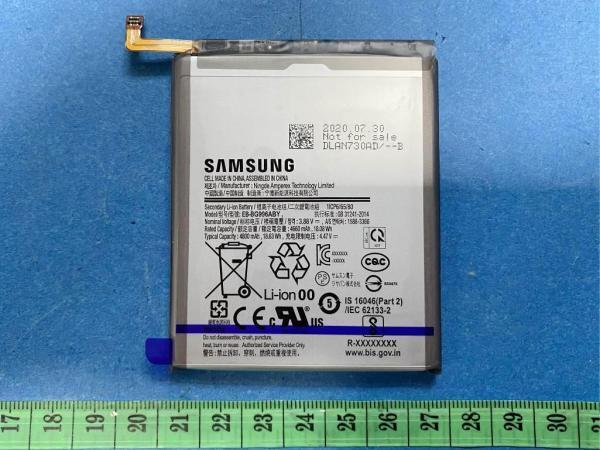
The 4800mAh battery of the S21+ is bigger than the S20+ unit but still no match for the S21 Ultra's 5000mAh piece
As for the Galaxy S21+ vs S21 Ultra battery life, on first pass the top-shelf member should beat them all as it has the biggest battery and the same key power draw advantages as the other two - a 5nm Snapdragon 888 or Exynos 2100 processors with integrated 5nm 5G modems and new, more frugal antenna materials. The key element for greater Galaxy S21 series battery life when compared to the S20 models - FHD instead of QHD display resolution - however, is missing from the equation on the Ultra.
Given that the S21 Ultra is flaunting the same 5000mAh battery piece as the S20 Ultra, and the same high display pixel density, the only battery life gains compared to its predecessor should come from the 5nm chipset and 5G antennas, right?
Well, not really, as this time around, its QHD display will be of the more frugal LPTO variety, not the LTPS panel with static 120Hz refresh found in the S20 Ultra. That alone would amount to a 15-20% diminished power draw. When we add the dynamic refresh rate that LTPO allows which only uses 120Hz when it matters - i.e. when browsing and scrolling, or during interface animations - the battery savings may be as significant as having a lower-res display.
Well, not really, as this time around, its QHD display will be of the more frugal LPTO variety, not the LTPS panel with static 120Hz refresh found in the S20 Ultra. That alone would amount to a 15-20% diminished power draw. When we add the dynamic refresh rate that LTPO allows which only uses 120Hz when it matters - i.e. when browsing and scrolling, or during interface animations - the battery savings may be as significant as having a lower-res display.
That's precisely what happens in our Galaxy S21+ vs S21 Ultra battery life round as you can see from our benchmark tests here, as the S21 Ultra lasts even longer, despite that the S21+ has a lower-res screen, and only a slightly smaller battery. The S21 Ultra, however, comes with a different display technology and refresh rate management than the S21+, which might explain why it does wonders in the endurance department not only among the S21 series, but among all of its peers, too.




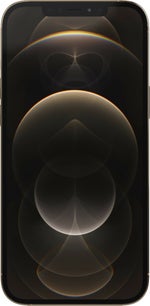





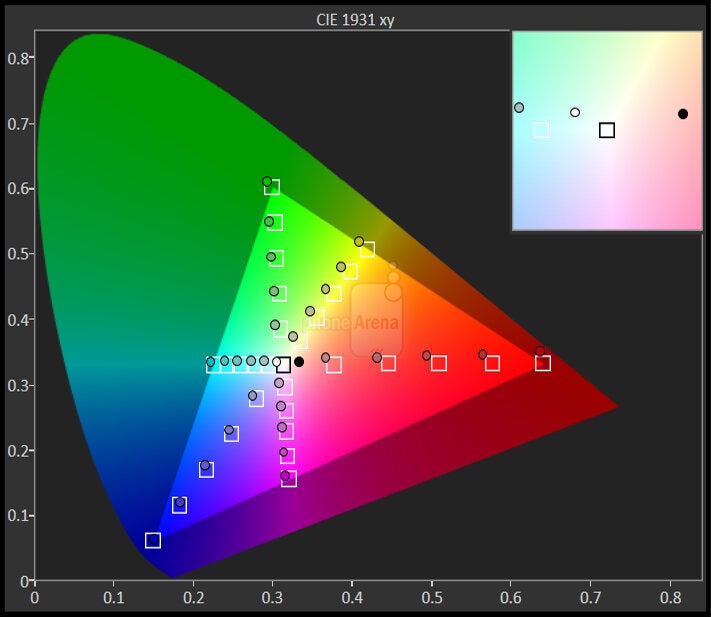















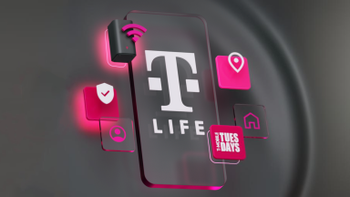
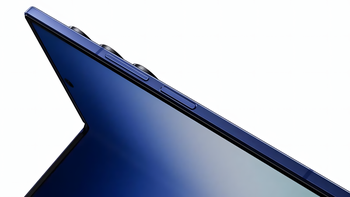
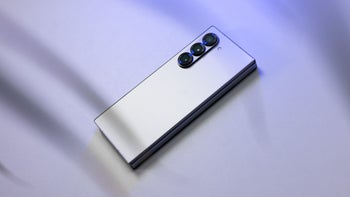

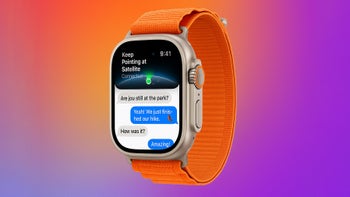
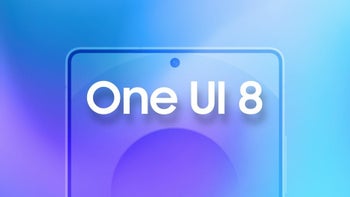
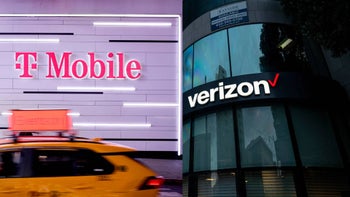
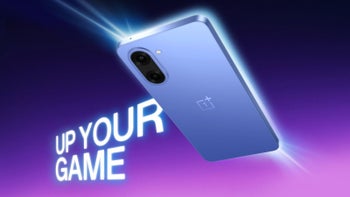


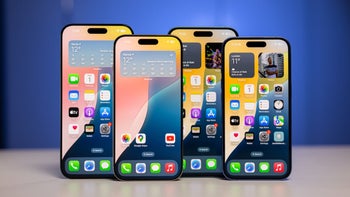






Things that are NOT allowed:
To help keep our community safe and free from spam, we apply temporary limits to newly created accounts: